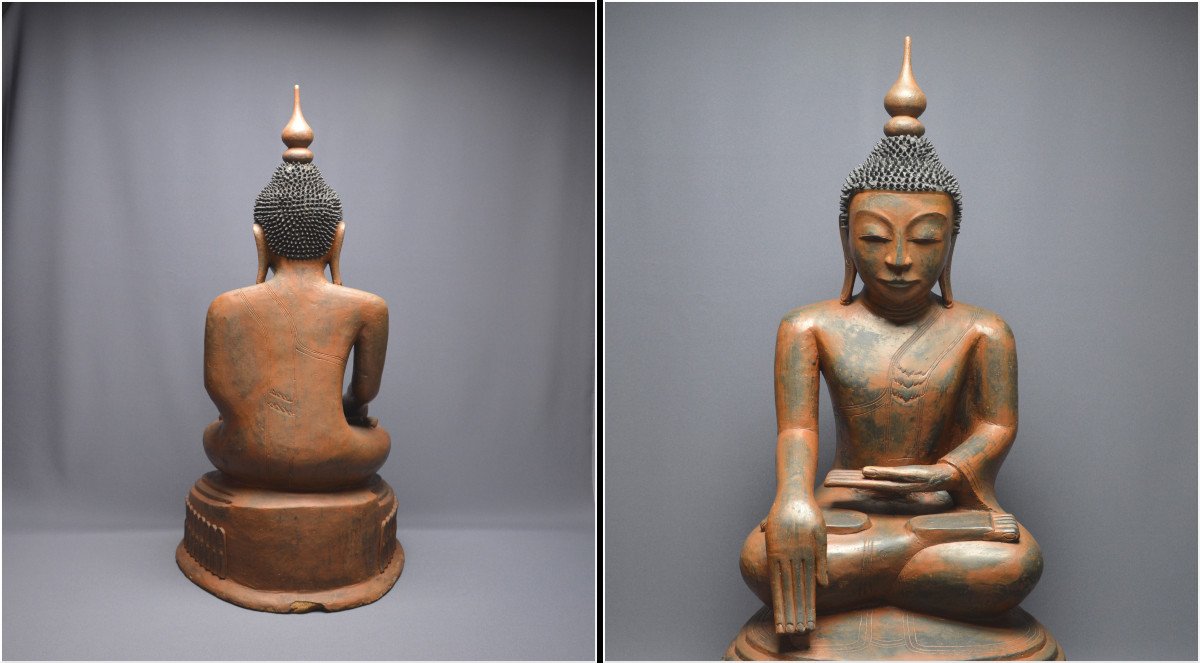"Burma, XVIIIth - XIXth Centuries, Shan State, Great Buddha Maravijaya, Dry Lacquer"
Burma (Shan State)
18th - 19th century
Dry lacquer
88 x 44.5 cm
Former private collection
Regarding the age of the Buddha, the latter presents parts formerly relacquered, certainly several times due to damage caused by erosion and exposure to external elements. These repairs are perceptible inside the statue and some small gaps without incidences to report on the hairstyle. The wooden rasmi is posterior.
Former lacquer representation of Buddha Sakyamuni. The Buddha is represented seated on a high plinth, the latter adorned on its base with stylized lotus petals. The Awakened one adopts here a classic posture in Buddhist iconography called bhumisparsa mudra or gesture of taking the Earth to witness: the right hand is positioned on the knee, the fingers touching the ground, while the left hand is posed in his lap, his palm turned towards the sky. The legs are crossed in the full lotus position (vajraparyanka) with the soles of the feet facing upwards. This representation of the Buddha evokes the victory of Sakyamuni over the demon Mara and can be interpreted as an allegory of enlightenment. The body is solid, almost corpulent and dressed with the uttarasanga revealing the right shoulder, the chest is broad and the hips narrow, the drape presenting a long side starting from the left shoulder and descending in a straight line on the navel. The almost round face with a youthful appearance from which emerges a great softness, has fine eyebrows with perfect curvature overcoming half-closed almond eyes. The heavy eyelids under which the pupils appear give the face a great interiority. The fine and straight nose with delicately drawn nostrils overhangs a small mouth with thin lips sketching a slight smile. The hairstyle is characterized by a multitude of small pins, the skull presenting a deformation (usnisa) surmounted by a rasmi, symbol of the spiritual radiance of the Buddha borrowed from the Sinhalese images, in the shape of a lotus bud. The ears with lobes distended by the weight of the ornaments symbolize the royal origin of the historical Buddha, the neck presenting the three folds of beauty.
The dry lacquer technique is said to have originated in China and we have so far only little information about its arrival in Burma. The mastery of the technique is however well established by Burmese artists from the 18th century. The technique itself consists of modeling a clay image veneered against a wooden or bamboo frame covered with a mixture of ash hemp and lacquer. This operation is then repeated several times in order to give shape and consistency to the desired image, the heart then being withdrawn.
General condition: The piece presents old restorations in lacquer as well as small accidents mainly located on the lower part of the base. A few small gaps that also have no impact on the hairstyle and relate to the age of the piece. The wooden rasmi is posterior.
For a Buddha close to ours, see the Bonhams sale of June 08, 2004:
https://www.bonhams.com/auctions/10781/lot/461/




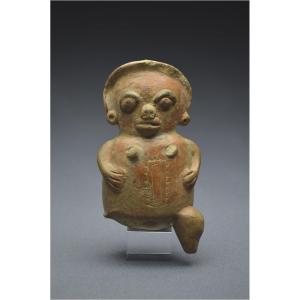
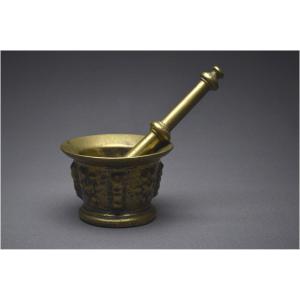


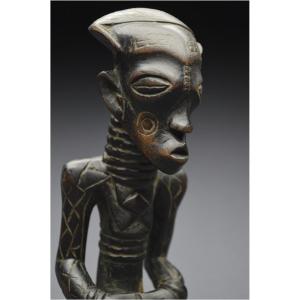



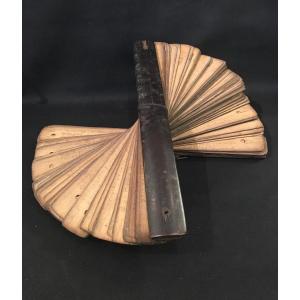
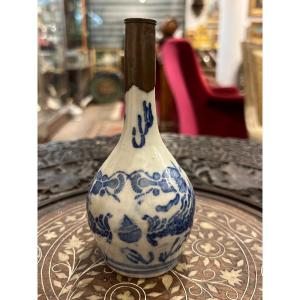
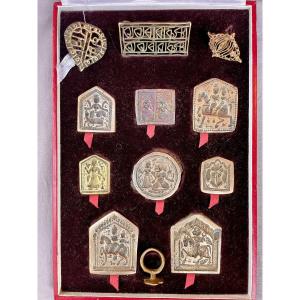





 Le Magazine
Le Magazine Rivista Artiquariato
Rivista Artiquariato TRÉSORS magazine
TRÉSORS magazine




